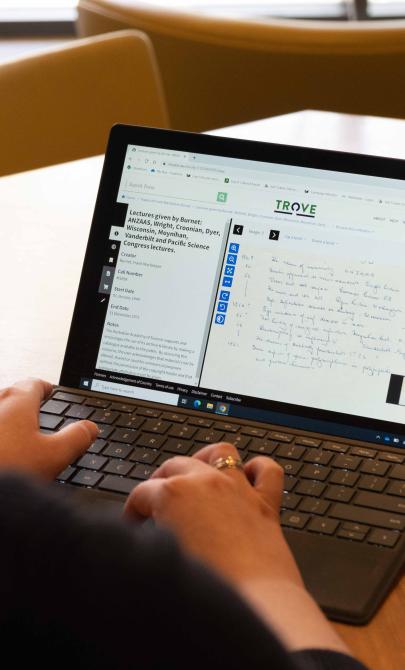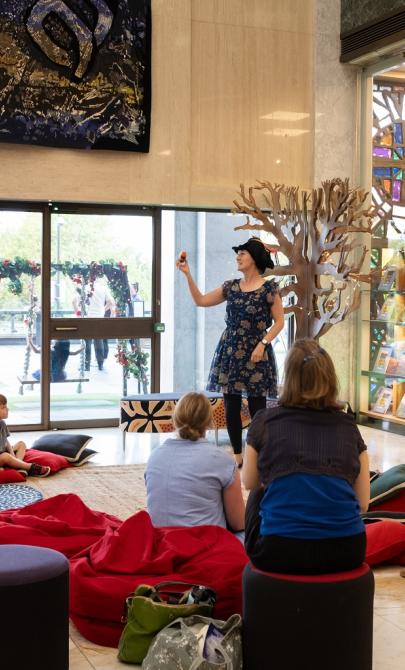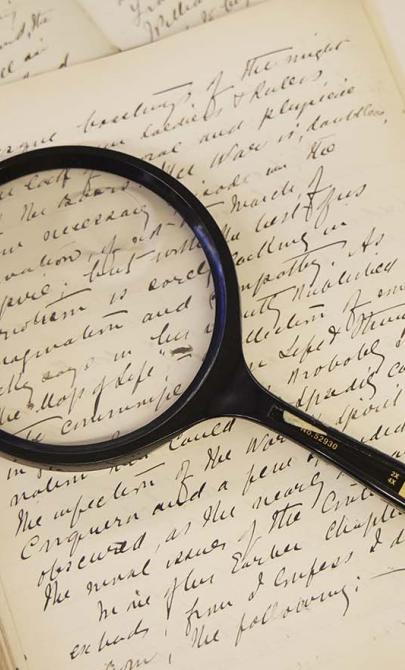Oral history: Sir Howard Florey
About Sir Howard Florey
Born in Adelaide, Florey was educated in Australia and later studied at Cambridge and Oxford universities in the United Kingdom.
While at Cambridge, Florey, along with Sir Alexander Fleming and Sir Ernst Chain, worked on developing a poisonous product, made from common mould, into a drug that could kill deadly bacteria — what we now know as the antibiotic penicillin.
In 1945, along with Fleming and Chain, Florey was awarded a Nobel Prize for his immense contributions to human health and wellbeing.
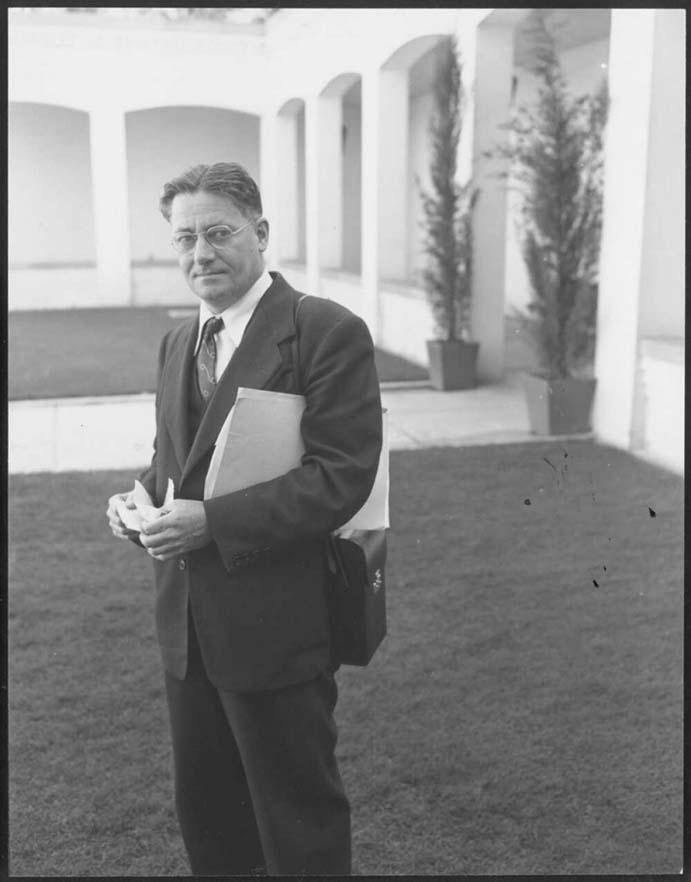
Australian News and Information Bureau. [Portrait of Howard Florey] [picture] / [Australian News and Information Bureau]. nla.gov.au/nla.obj-136743351
Australian News and Information Bureau. [Portrait of Howard Florey] [picture] / [Australian News and Information Bureau]. nla.gov.au/nla.obj-136743351
Interviews with Howard Florey
In 1967, oral history pioneer Hazel de Berg interviewed Howard Florey. He spoke about his childhood, schooling and work on the development of penicillin.
Use excerpts from the recording to learn more about the processes Florey, Fleming and Chain used in their work. Find out what influenced their discovery and how Florey felt after the breakthrough.
Key terms
- penicillin
- antibacterial
- pathology
- bacteria
Listen to Sir Howard Florey
Sir Howard Florey talks about his early life, education and his interest in science at a young age.
Sir Howard Florey talks about his role in the development of penicillin. He shares his thoughts on what drove him and his team in their research
Sir Howard Florey talks about common misconceptions surrounding the development of penicillin and perceived impact of penicillin on global populations.
Sir Howard Florey shares his personal feelings about Australia's scientific potential
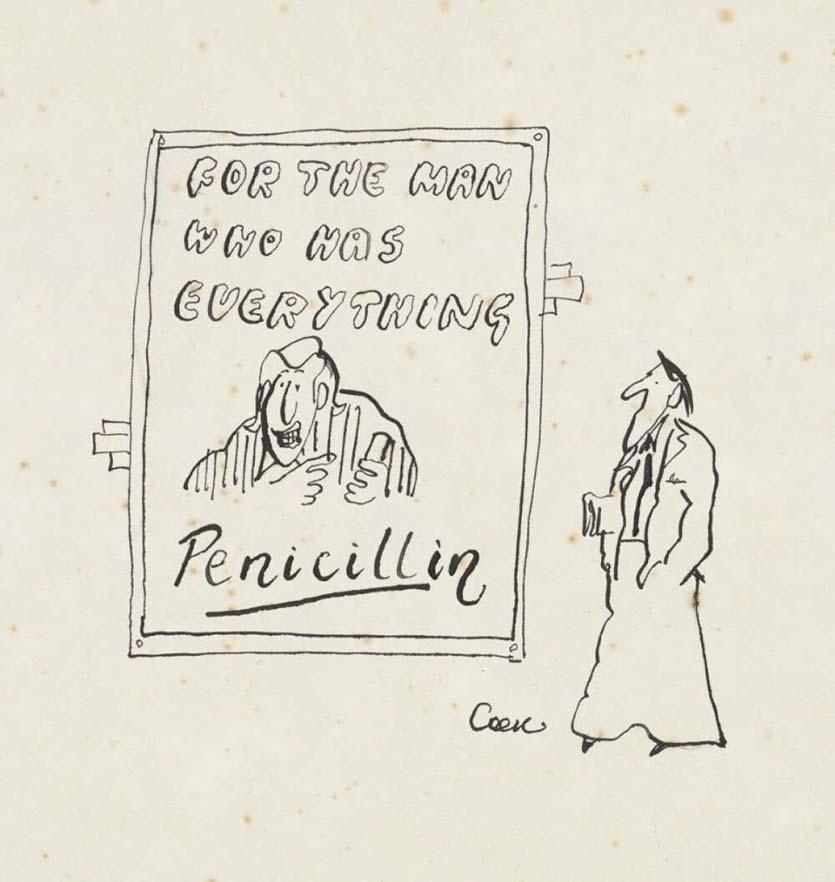
Patrick Cook, For the man who has everything - penicillin, 1970, nla.gov.au/nla.obj-136263528
Patrick Cook, For the man who has everything - penicillin, 1970, nla.gov.au/nla.obj-136263528
Learning activities
Activity 1: Compare oral and written histories
Listen to a recorded story or oral history. Then read a written version of a similar story and discuss:
- What makes each one effective?
- What are the strengths and weaknesses of each format?
- Why is it important to record and keep these stories?
Activity 2: Explore working together in science
Learn about Howard Florey and his work on penicillin. Talk about why he shared credit with others. List some pros and cons of working in a team on a big project.
Activity 3: Think about the impact of medicine
Brainstorm how antibiotics and other life-saving medicines have helped people. Now think about some downsides, like antibiotic resistance. Make a simple pros and cons list as a class or in small groups.
Activity 4: Watch mould grow
Grow mould in the classroom and check how it changes over time. Use a microscope (if available) to look at it closely. Compare how it grows in different conditions—like heat, light or moisture.
Safety tip: Look up safe instructions online, such as Mold Terrarium.
